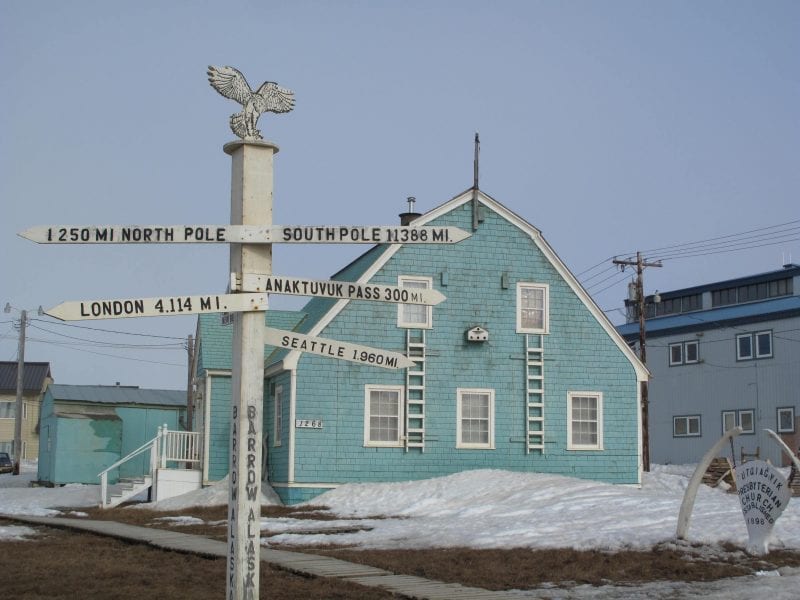Latest News
Iridium, 20 Government Agencies to Participate in Massive Arctic Satellite Service Test

Utqiagvik, Alaska
Iridium Communications will kick off a series of partnership-driven field exercises on Friday called Operation Arctic Lynx (OAL) involving more than 20 government and commercial organizations deploying Iridium services above 60 degrees North latitude and stretching as far as 82 degrees North latitude.
OAL will run through June 26. During the two week period, the U.S. Department of Defense, U.S. federal agencies, Alaska state and local organizations, Canadian government organizations, scientific research organizations and multiple aerospace industry companies will test a number of Iridium and Iridium Connected services, including: Communications-on-the-Move (COTM), At-the-Halt (ATH) and remote environment applications; Iridium Certus; Iridium Push-To-Talk (PTT); Iridium Global Line of Sight; and advanced applications like real-time on-the-move 1080 HD video over L-band.
The operation will also include multiple voice, data and video real-time communications threads, originating from Utqiagvik, Alaska — located at 71 degrees north latitude, approximately 300 miles north of the Arctic Circle. Iridium has provided satellite coverage over the extreme Polar regions for more than 20 years.
“Iridium’s Arctic and Antarctic communications capabilities have long been a part of the fabric of government, NGO, and civil enterprise activities in those regions and now with our upgraded constellation and new technologies developed, we have turbocharged our portfolio of solutions to address an increasing range of polar communication requirements,” said Scott Scheimreif, executive vice president of Iridium’s Government Programs. “With more than 20 participating organizations, Operation Arctic Lynx will exercise the ability to provide real-time interoperability, Communications-on-the-Move, command-and-control and develop and maintain a common operational picture in austere polar regions.”
Get the latest Via Satellite news!
Subscribe Now